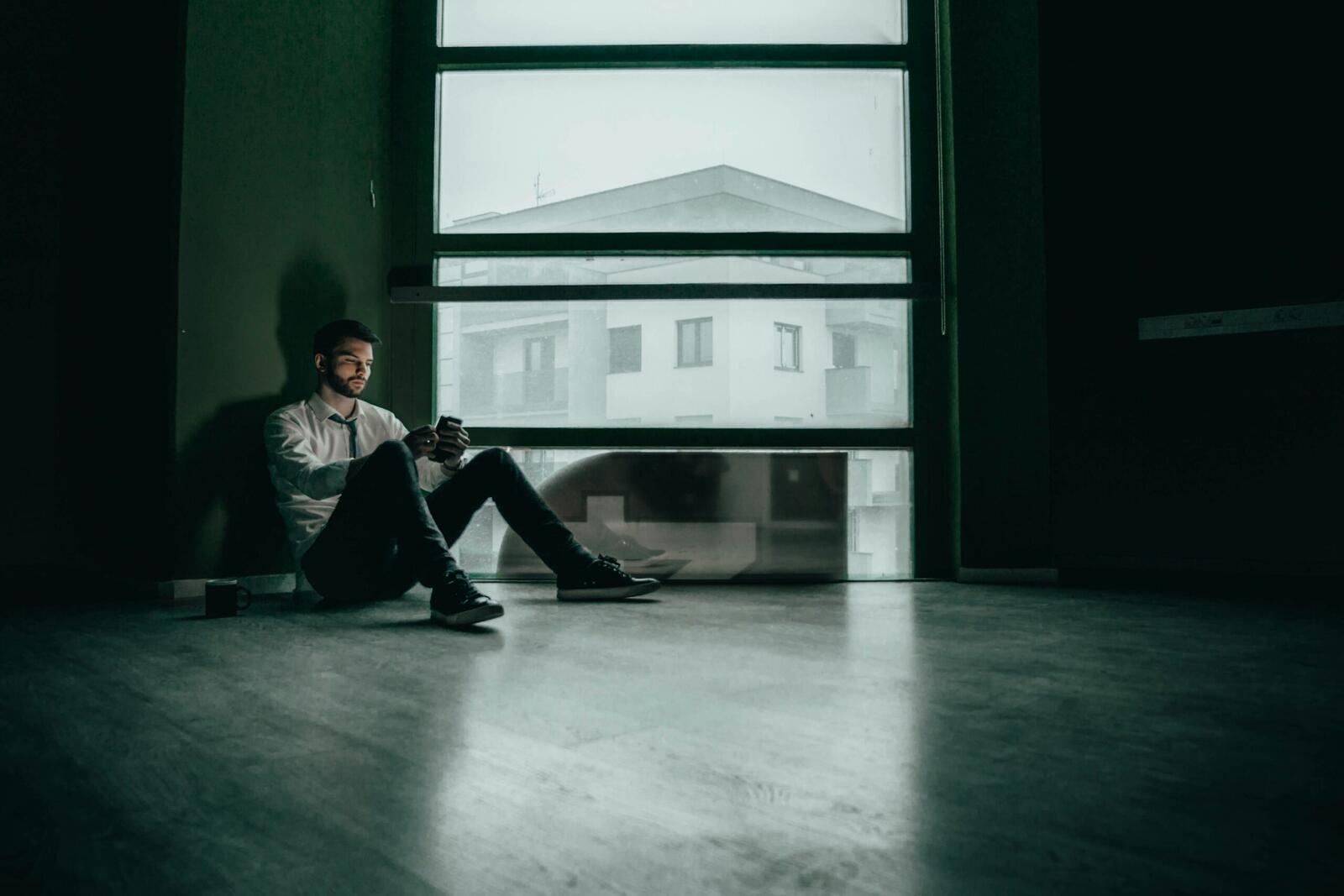Social media is a relatively new norm with majority of the global population having at least one social account. Researchers estimate that 59-62% of the world is on social media, and with that, tech companies have cracked the code to keeping users engaged on their platforms for longer.
In the UK kids’ screen time has gone up by 52% between 2020 and 2022 with 25% of young people considered addicted to their smartphones, according to the government.
Chair of the Education Committee, Robin Walker MP commented, “Excessive screen and smartphone use has a clear negative impact on the mental and physical wellbeing of children and young people. Our inquiry heard shocking statistics on the extent of the damage being done to under-18s, particularly those who are already extremely vulnerable, such as those in care.”
What Is Doomscrolling, And Why Is It Dangerous?
Doomscrolling is when users senselessly consume a large amount of content on social media platforms. This is usually associated with the continuous scrolling through feeds like the For You page on TikTok, opening the brain up to an overload of information and news. This is obviously harmful when done constantly.
The study found that doomscrolling increases existential anxiety levels, where the brain is constantly worrying about the meaning and purpose of life that many times can be triggered due to over exposure of frequent shocking and even traumatic posts. “We wanted to see if there were any connections between doomscrolling and subsequent thoughts and feelings about humankind and the importance of life,” explained Mr Shabahang, lead of the study at Flinders University.
The study implies that this over consumption could turn people more cynical and distrustful of others. This can contribute to higher stress, anxiety and depression, because a byproduct of this can result in “media-induced PTSD”, as the study puts it.
More from News
- How Are Smartphones Helping People Prepare For Earthquakes?
- Experts Share: Is Reddit’s Age Verification In The UK A Privacy Risk?
- 1ST Airport Taxis Expands to UAE: Launching Operations in Dubai and Abu Dhabi From September 2025
- OpenAI Introduces New AI Tool, ChatGPT Agent
- Louis Vuitton UK Faces Serious Data Breach Amid Retail Attacks
- How Much Electricity Will AI Need By 2030?
- Small Business Owners Say They’re Worse Off Than During Covid, Here’s Why
- Reddit Will Now Have Age Verification Checks For Users In The UK
How To Manage Doomscrolling
Mindful Consumption– Limit time spent on social media and choose content wisely to avoid excessive exposure to negative news.
Seek Balance– Actively look for positive news stories to balance the negative ones.
Digital Breaks– Regularly disconnect from social media to give your mind a break.
Professional Help– Consult mental health professionals for strategies to cope with anxiety and stress caused by doomscrolling.
Set Boundaries– Use apps to set time limits for social media use.
Curate Content– Although its good to stay up to date, balance content by following accounts that share uplifting and positive content.
Engage Offline– Spend time on hobbies, exercise, and offline social interactions.
Practice Mindfulness– Incorporate mindfulness routines in your everyday life, to manage stress and stay grounded.
“We suggest that people pay attention to how much time they are spending on social media and to be aware of the impact it is having on their emotions, thoughts and feelings, especially when it comes to negative news and events,” Shabahang says.
“It’s a good idea to keep track of how much time you spend doomscrolling and start making changes to reduce that time if it’s problematic.
“By becoming more aware of our online habits, such as doomscrolling, and taking small steps to address them, it could help with improving our overall mental wellbeing,” he adds.



